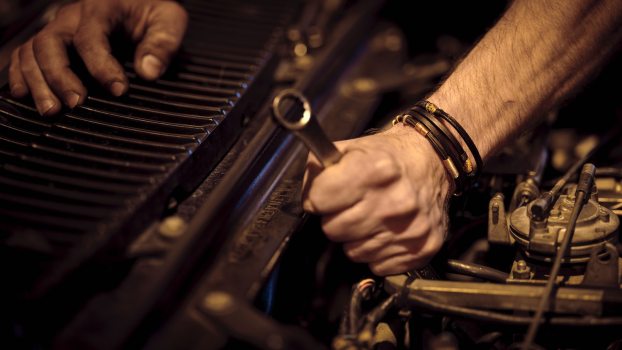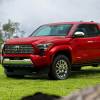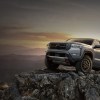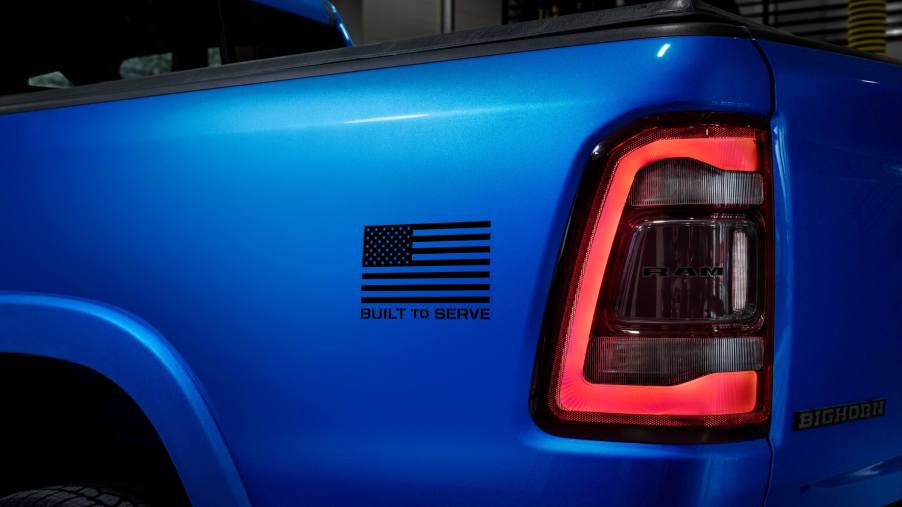
Have Pickup Trucks Become The Modern Equivalent of Classic Muscle Cars?
Popular opinion may be that pickup trucks are driven by blue-collar country folks, while the iconic muscle cars were driven by speed demons who prowled the urban drag strips. But the current role of the pickup truck is much more complex. I would argue that pickup trucks have become the modern equivalent of what most classic muscle cars were back in the 1960s and 1970s.
Who buys pickup trucks?
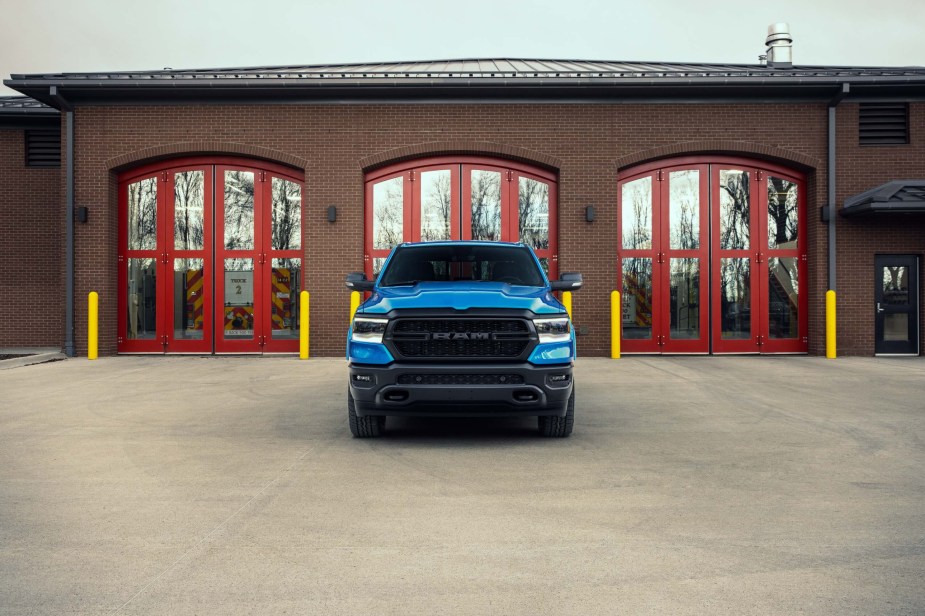
The main parallel between modern pickup trucks and classic muscle cars is who buys them. Back in the day, the muscle car was a vehicle capable of some pretty cool straight-line speed that didn’t require great sacrifices in any other area (comfort, passenger and cargo capacity, or price).
Today, pickup trucks are vehicles capable of some pretty cool towing, hauling, and off-roading. But thanks to modern technology, driving one no longer requires major sacrifices in other areas (fuel efficiency, ride comfort, and price). For this reason, many folks who might have daily driven a muscle car back in the day daily drive a pickup today. But there are many other reasons that pickup trucks have become the modern equivalent of classic cars.
People used to tow with their cars
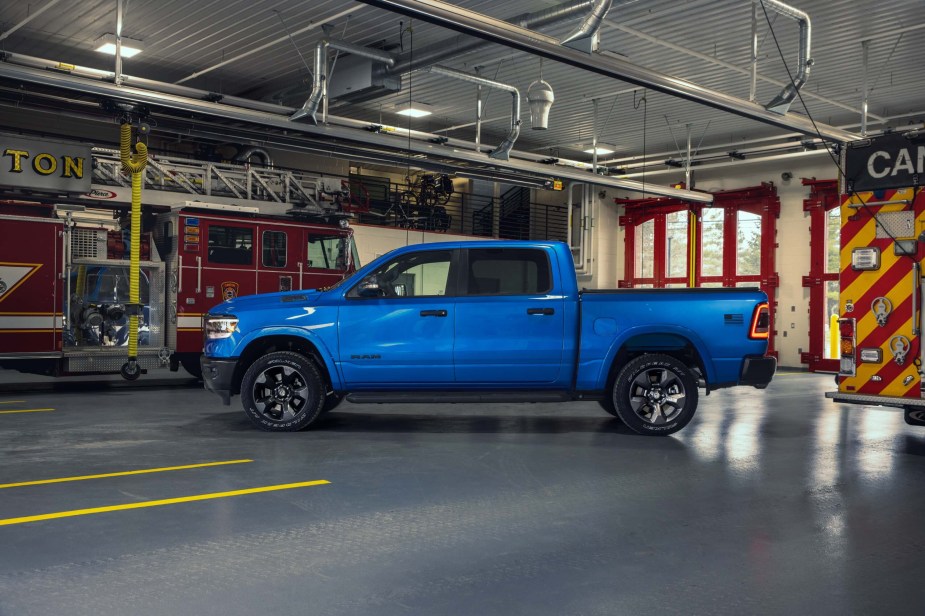
U.S. drivers used to do a lot more towing with cars. Until the 1950s, most cars had body-on-frame construction. Even into the 1960s and early 1970s, it was common for cars to have V8 engines and heavy-duty transmissions capable of pulling heavy loads. Cars were also heavier, which makes it possible to tow a heavier trailer than a modern, lighter car could.
It was also necessary to tow with cars. This is because many pickup trucks had regular cabs and low top speeds, making them poor family vehicles. So if someone with a full family also wanted to tow a boat or camper on occasion, a car with a large engine was often their best choice.
A family sedan or station wagon with a flatbed utility trailer makes an excellent vehicle to pick up lumber or gardening supplies with. In places where pickup trucks are less common, dedicated DIYers still often have trailers for weekend projects.
Pickup trucks have become the default front-engine, RWD four-door vehicles
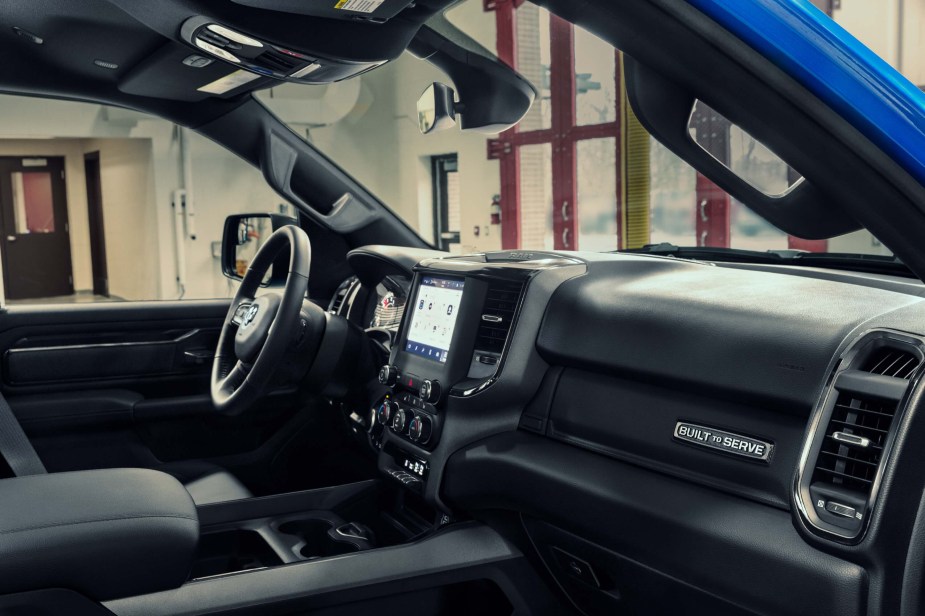
The default configuration for a car was once front engine, RWD with four doors, and seating for six. Cars have become smaller and more efficient. For years, the Ford Crown Victoria was the last vehicle carrying the heavy front engine, RWD torch. By 2004 even the Chevrolet Impala SS with its supercharged V6 was a FWD.
Traditionalists may prefer front-engine, RWD vehicles for several reasons. There is more space to reach components and work on them. The drivetrain components are also simpler and often sturdier. Some people love the way their weight is balanced and how they drive. And for a couple of decades, a pickup truck or full-frame SUV was the best way to get into this time-tested drivetrain configuration.
Faced with strict emissions requirements, the Detroit Three all scaled down their cars and sold SUVs as a potential replacement for the big sedans–and the muscle cars–of years past. Over time, the pickup truck and full-frame SUV became the standard front-engine, RWD vehicles.
Pickup trucks have replaced muscle cars
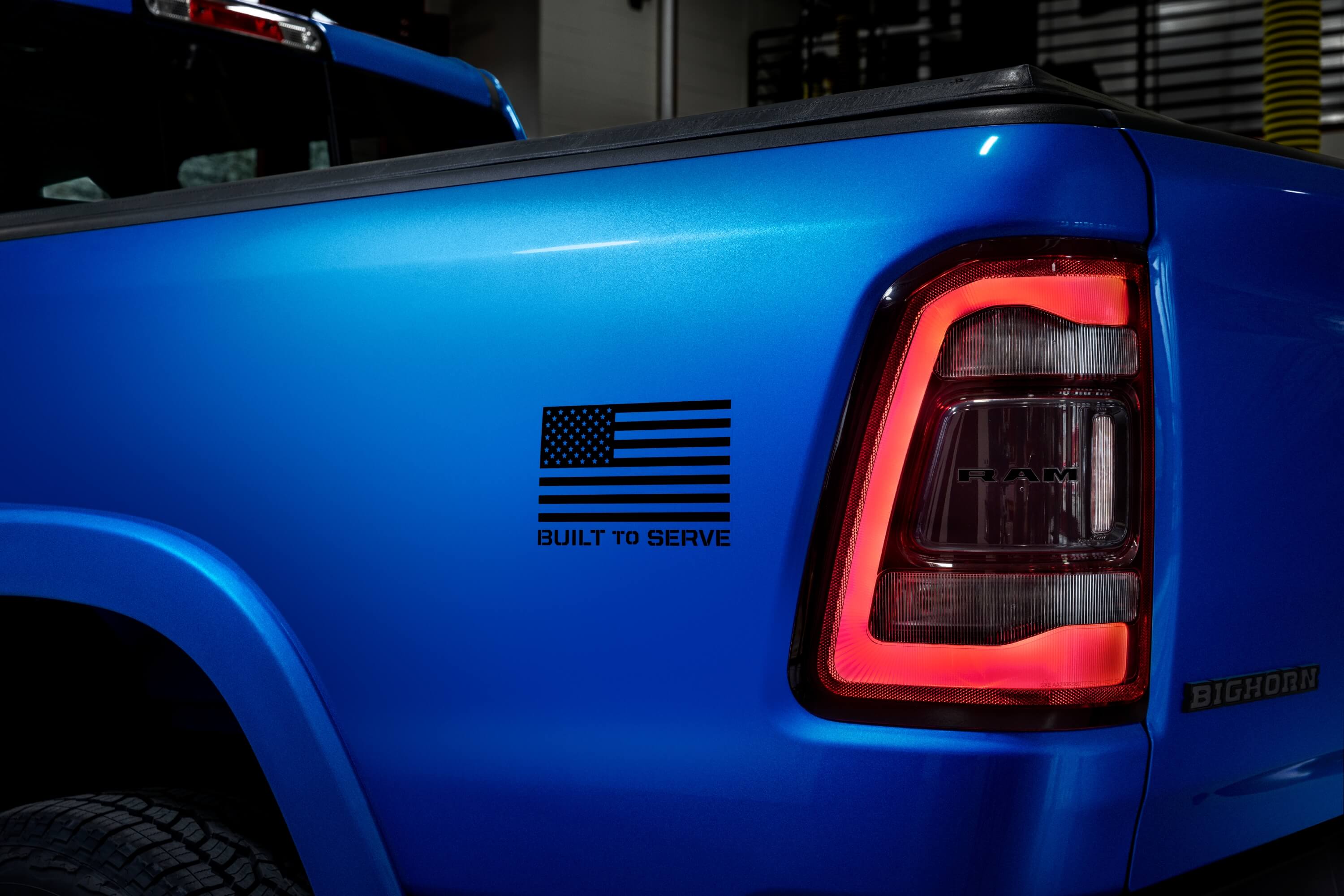
The station wagon is truly dead. The full-frame SUV and crossover SUV have replaced the station wagon for good. But what about the muscle car? Since the retro Mustang debuted in 2006, every American automaker has re-released a muscle car. But this time around, they have new competition: the daily driver pickup truck.
By 2020, 85% of pickup trucks sold were crew cabs–according to Bloomberg.com. Many of these come with short beds, and even locking tonneau covers. They are not station wagon replacements, they are much more like larger sedans.
Who drove the muscle cars of the 1960s and 1970s. Certainly the legendary, homologation special trims were mostly snatched up by real speed demons, often street racers or amateur drag racers. And their modern equivalent is the modern top-trim muscle car, whether a supercharged Challenger or flat-plane crankshaft Mustang.
But the rest of the muscle cars were daily drivers, family haulers, and even tow rigs. I would argue that today, the crew cab, short-bed pickup truck fills this niche. Once piece of evidence is the proliferation of performance trims among pickup trucks. Some are road racing trims, others are off-road racing trims. They are rarely the absolute best vehicle for off-road racing or drag racing, but like the mid-trim muscle cars they offer cool points and functionality.
Next, learn what was the most popular pickup truck of 2022.
